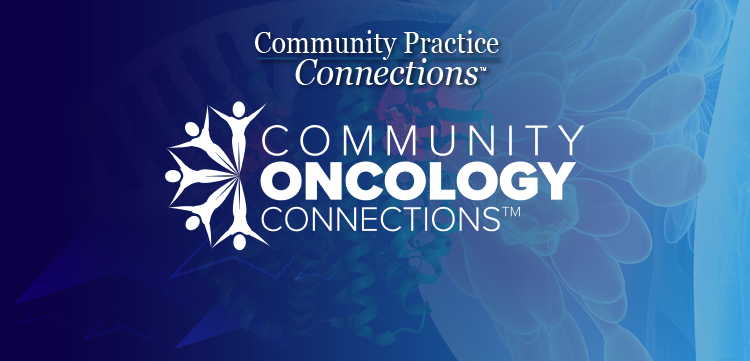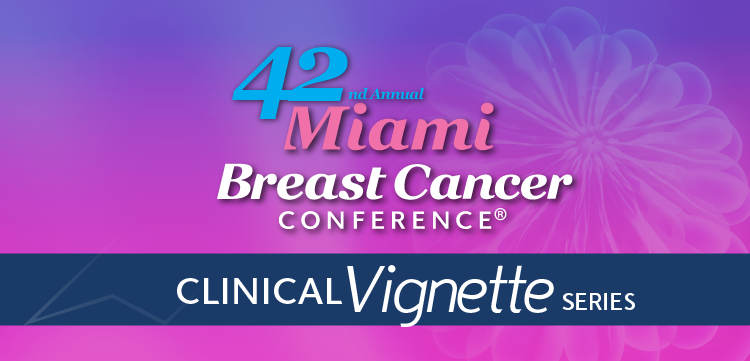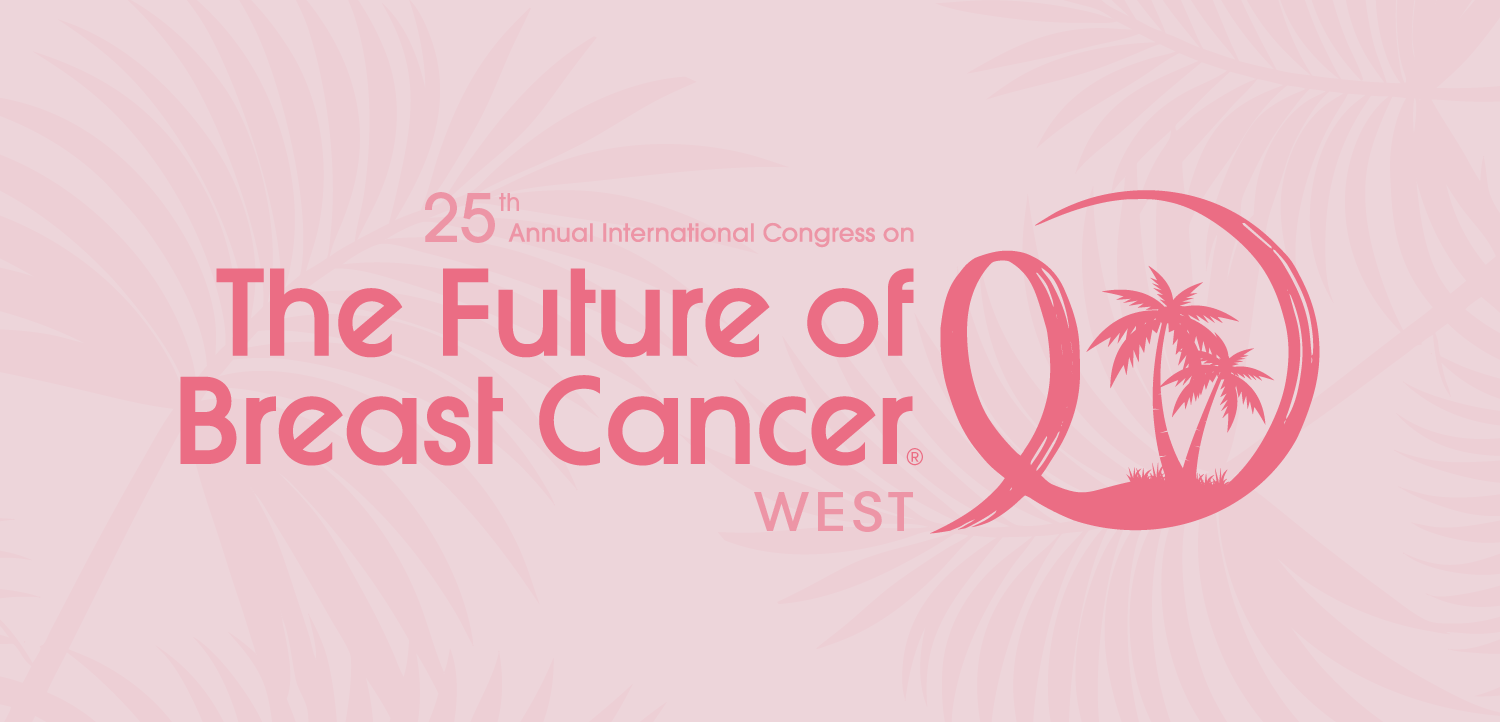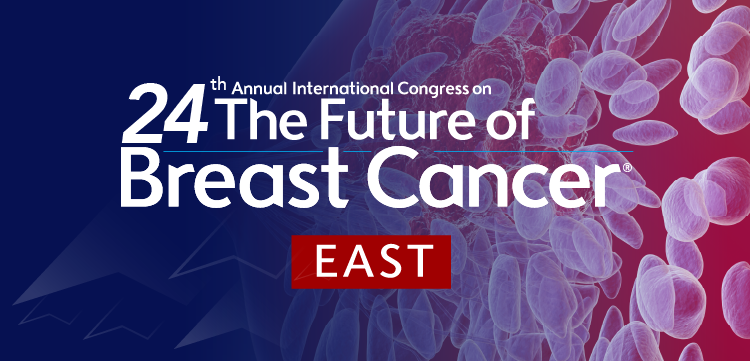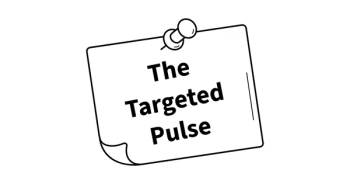
Neoadjuvant TAR-200 Plus Cetrelimab Safe in Cisplatin-Ineligible MIBC
Neal Shore, MD, FACS, discussed findings from the SunRISe-4 trial of TAR-200 and cetrelimab in muscle-invasive bladder cancer.
Interim results from the phase 2 SunRISe-4 trial (NCT04919512) showed that combining the intravesical gemcitabine system TAR-200 with the PD-1 inhibitor cetrelimab provides a viable neoadjuvant option for patients with muscle-invasive bladder cancer (MIBC) ineligible for cisplatin-based chemotherapy.
Presented at the 40th Annual European Association of Urology (EAU) Congress in Madrid, Spain, the study demonstrated comparable surgical safety between the combination therapy and cetrelimab monotherapy, with no treatment-related deaths and median time to cystectomy maintained at approximately 15 weeks for both arms.1
In an interview with Targeted OncologyTM, Neal Shore, MD, FACS, medical director of the Carolina Urologic Research Center, discussed the findings from the SunRISe-4 trial.
Targeted Oncology: Can you provide some background of this research on TAR-200 and the presentation from the EAU 2025 Congress?
Shore: It is a great pleasure to speak with you about this presentation that just occurred at the European Association of Urology 2025 Congress, and it was presented by my good friend and colleague, Sarah Psutka, MD, MSc. She gave the presentation on behalf of many of us—this was an international list of investigators, urologists, and medical oncologists. The title of the presentation was: "Perioperative Outcomes of Neoadjuvant TAR-200 Plus Cetrelimab or CET Alone in Patients with Muscle-Invasive Bladder Cancer Ineligible for or Refusing Neoadjuvant Cisplatin-Based Chemotherapy."
In this study, we looked at patients who received the combination of TAR-200 and cetrelimab vs cetrelimab alone in patients with muscle-invasive bladder cancer who were ineligible or refused platinum-based neoadjuvant chemotherapy. We see this often—patients may have renal insufficiency, cardiac insufficiency, neuropathy, or auditory issues. And then there are some patients who simply do not want to undergo traditional platinum-based chemotherapy. That was the population we were looking at. At the end of the day, it’s important that we try to optimize patients who will go on to potentially get a cystectomy with neoadjuvant therapy.
What were the methods and design of the trial?
This was a phase 2 study. We know that nearly 50% of patients are not eligible for neoadjuvant chemotherapy, so it is important to find ways to optimize their care and not go straight to cystectomy, because they do not always do as well unless they receive neoadjuvant therapy. Traditionally, that has been chemotherapy, but here we wanted to see if TAR-200—a drug-releasing system that delivers gemcitabine (a well-known cytotoxic agent for urothelial cancer cells)—combined with cetrelimab (a checkpoint inhibitor) could be an alternative.
In this interim analysis, also called SunRISe-4 (1 of 5 SunRISe trials), we focused on muscle-invasive bladder cancer and reported on efficacy and safety. Patients had to have a good performance status, an ECOG [performance status of] 0-1, histologically confirmed MIBC [T2-T4], and no imaging evidence of metastatic or extravesical disease. They were randomized 5:3 into cohort 1 [where they received] TAR-200 plus cetrelimab and cohort 2 [where they received] cetrelimab alone. We looked at various metrics pre- and post-radical cystectomy.
What data were reported at the EAU 2025 Congress?
When we reported at EAU, we reported on 76 patients who underwent cystectomy—50 in cohort 1 and 26 in cohort 2. The median time from neoadjuvant therapy to radical cystectomy was comparable, and they had it at approximately 15 weeks. Seventy-eight percent in cohort 1 went on to get ileal conduit vs 62% in cohort 2. The post-cystectomy mortality rates at 30 and 90 days were 0% and 4% in cohort 1, and 5% and 7% in cohort 2. None of these deaths were treatment-related.
There was no clinically significant decline in performance status, weight, body mass index, or albumin. Mild suppressive effects on hemoglobin and a mild increase in creatinine. The grade 3 or higher adverse events were seen in 42% of cohort 1 vs 44% of cohort 2.
This was a small, early interim analysis, but we are happy to report in our conclusion that whether patients received TAR-200 plus cetrelimab or cetrelimab alone, there was no association with clinical declines, delays to cystectomy, or increased 30/90-day morbidity/mortality. The take-home here is that we need alternative strategies for patients ineligible for or refusing platinum-based chemotherapy. We look forward to more long-term results and completing the full 5:3 randomization.
For a community oncologist, what are the key takeaways of this study?
We want to optimize outcomes when performing radical cystectomy. The standard has been neoadjuvant platinum-based chemo, but many patients cannot tolerate it due to renal, cardiovascular, hepatic, or neurological issues. This study explores alternatives—combining cetrelimab with TAR-200 to potentially eradicate micrometastatic disease before cystectomy.






